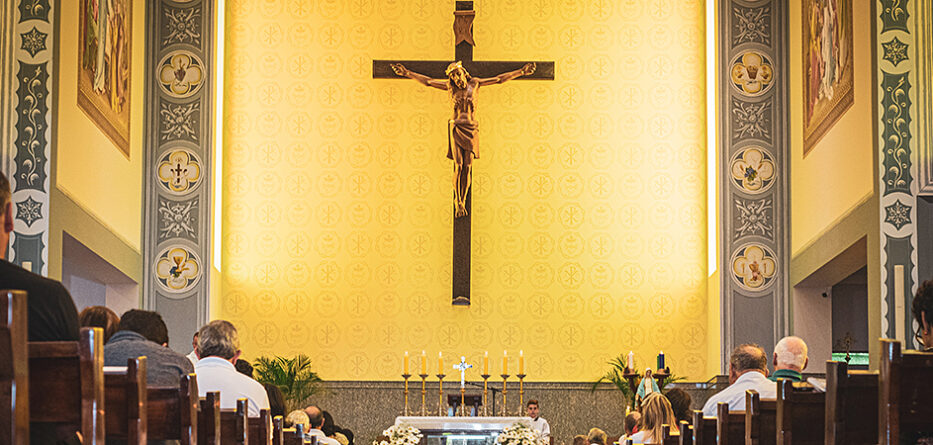What is the way out of polarization? And why does that question—along with the now-commonplace observation that society suffers from deepening divisions about everything from gun control to abortion to public funding for religious schools—seem so exhausting?
Polarization is exhausting largely because it seems hopeless, and also because it gets progressively worse. Americans’ negative attitudes toward political parties other than their own, as measured in surveys, have increased dramatically in recent decades and at a much faster pace than in other countries.
These entrenched divisions simultaneously increase the vehemence of our arguments and decrease our willingness to listen to one another. We exhaust ourselves declaring our opinions, but we are not really in conversation. We produce monologues that are intended more to reassure us than to convince those with different views—or worse, that are received by them as taunts and provocations which must be answered in turn. Constant exposure to arguments that we are not willing or able to engage with in dialogue is draining as well. It is like listening to a radio tuned to a station that is half static, half shouting—but that we dare not turn off lest we miss the point our own monologue will aim to refute later.
When we think about polarization in terms of its derangement of public discourse, we often think first of political partisanship. But it is clear that this dynamic also plays out in many realms of common life, including religion. In the Catholic Church, it is easy to recognize polarization operating both within the life of the church itself and in the church’s relation to the secular world. For example, conflicts over the Traditional Latin Mass and over how the church should engage with a wider culture whose sexual norms have changed radically both reflect different factions arguing fervently but often talking past each other.
In fact, a closer look at the relationship between religion and secularity provides powerful insights about how polarization arises and how it becomes so intractable—and it also helps us imagine how to find a way toward greater unity. The reality of the church as a communion, not just an association of individuals, offers a powerful antidote to polarization.
To continue reading this article, click here.
Sam Sawyer, S.J., is the editor in chief of America Media.
With thanks to America and Sam Sawyer SJ, where this article originally appeared.








